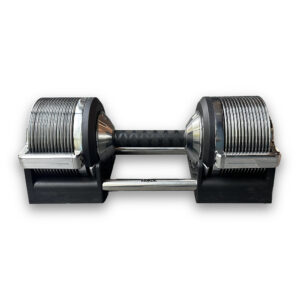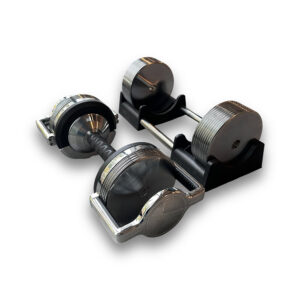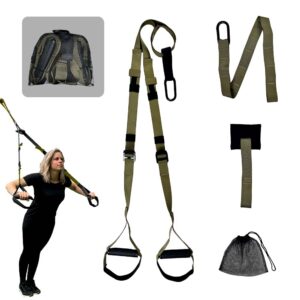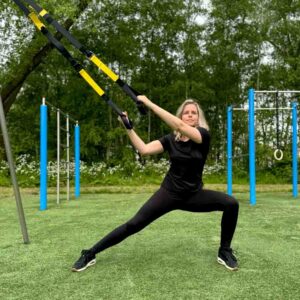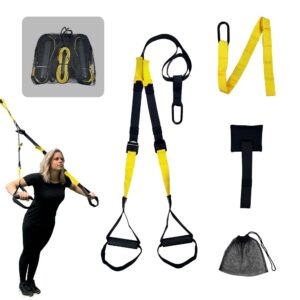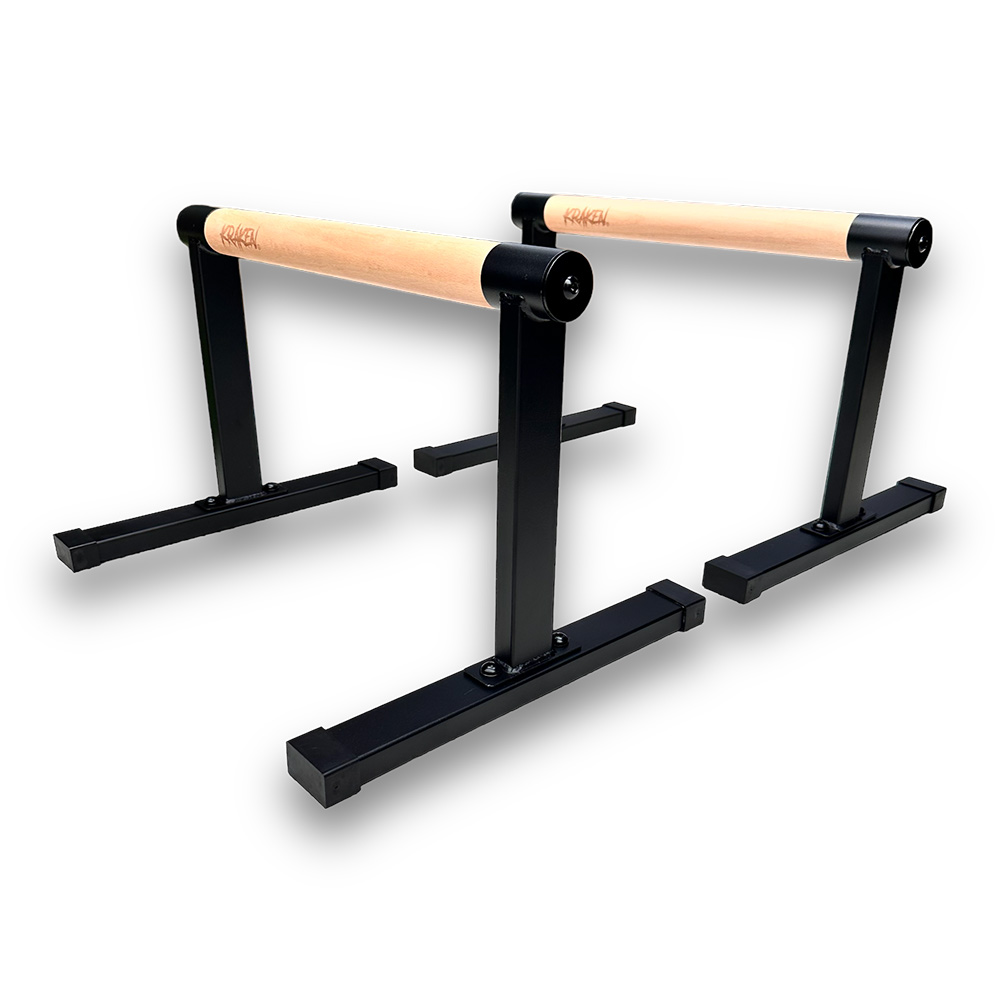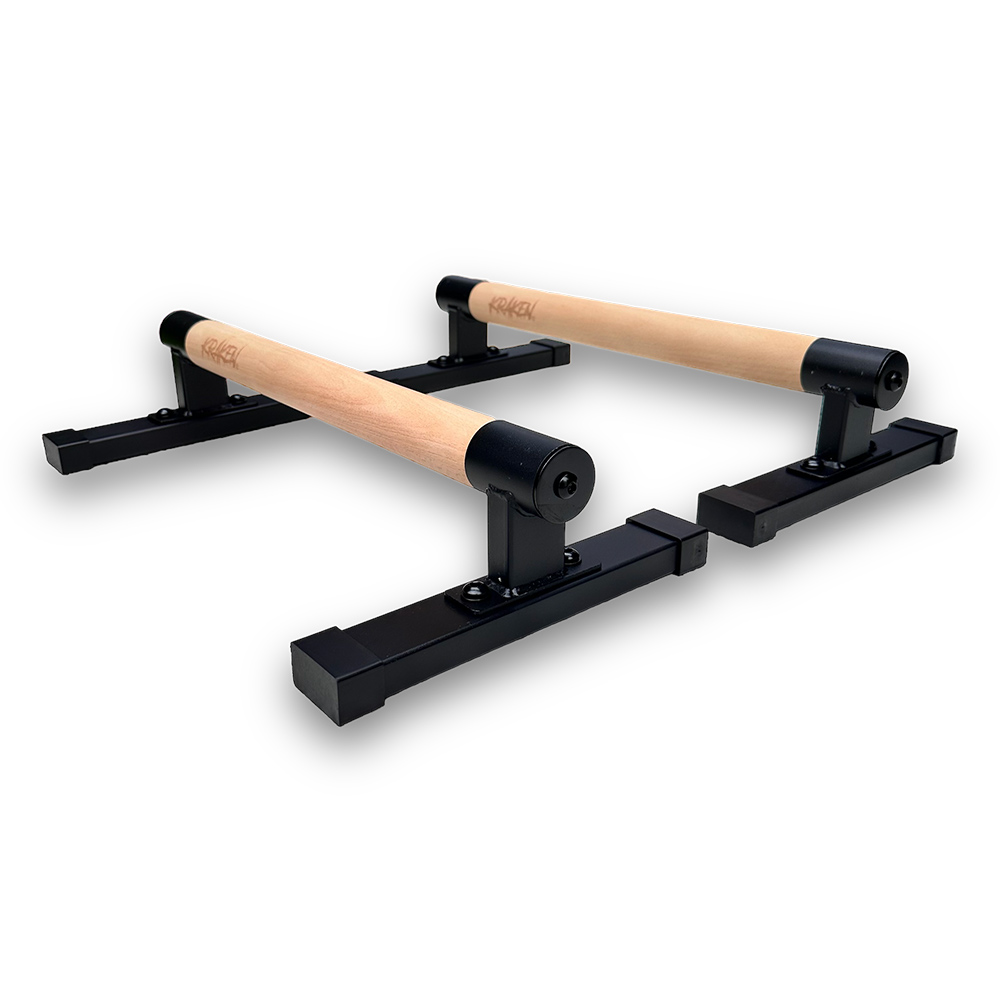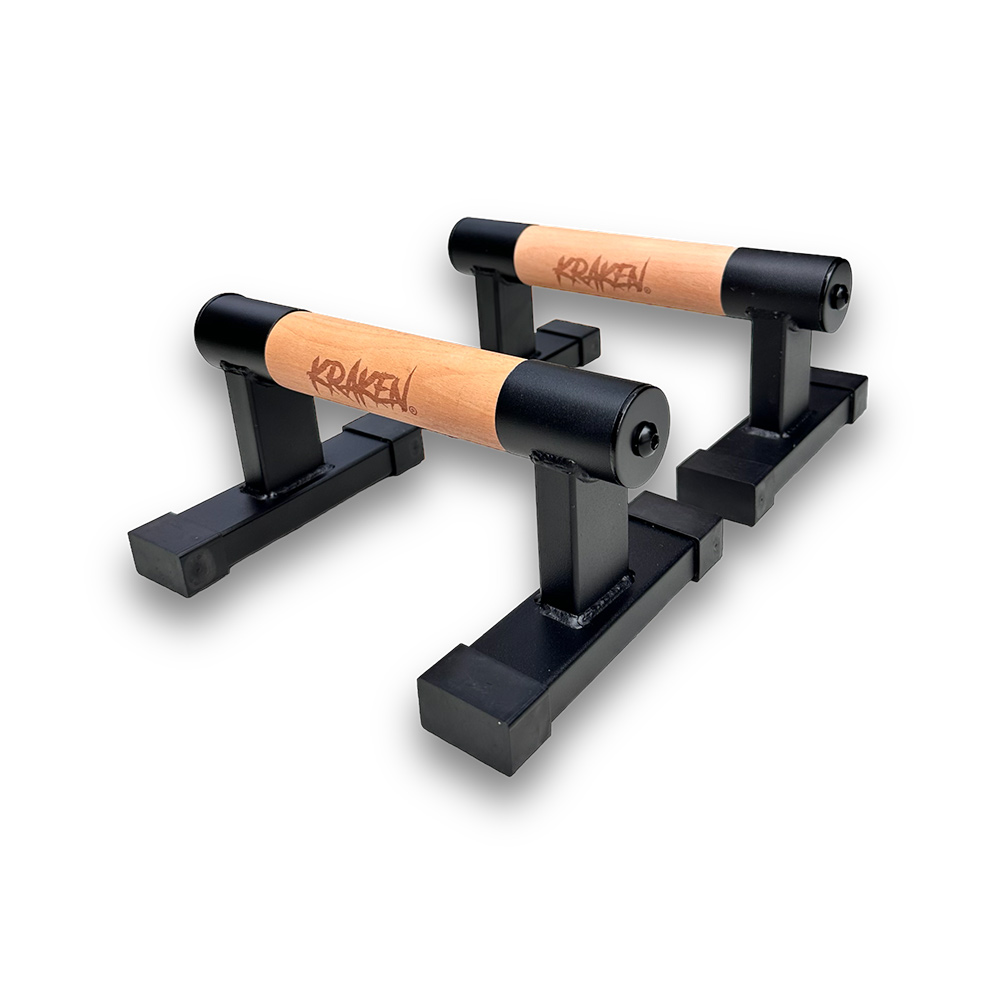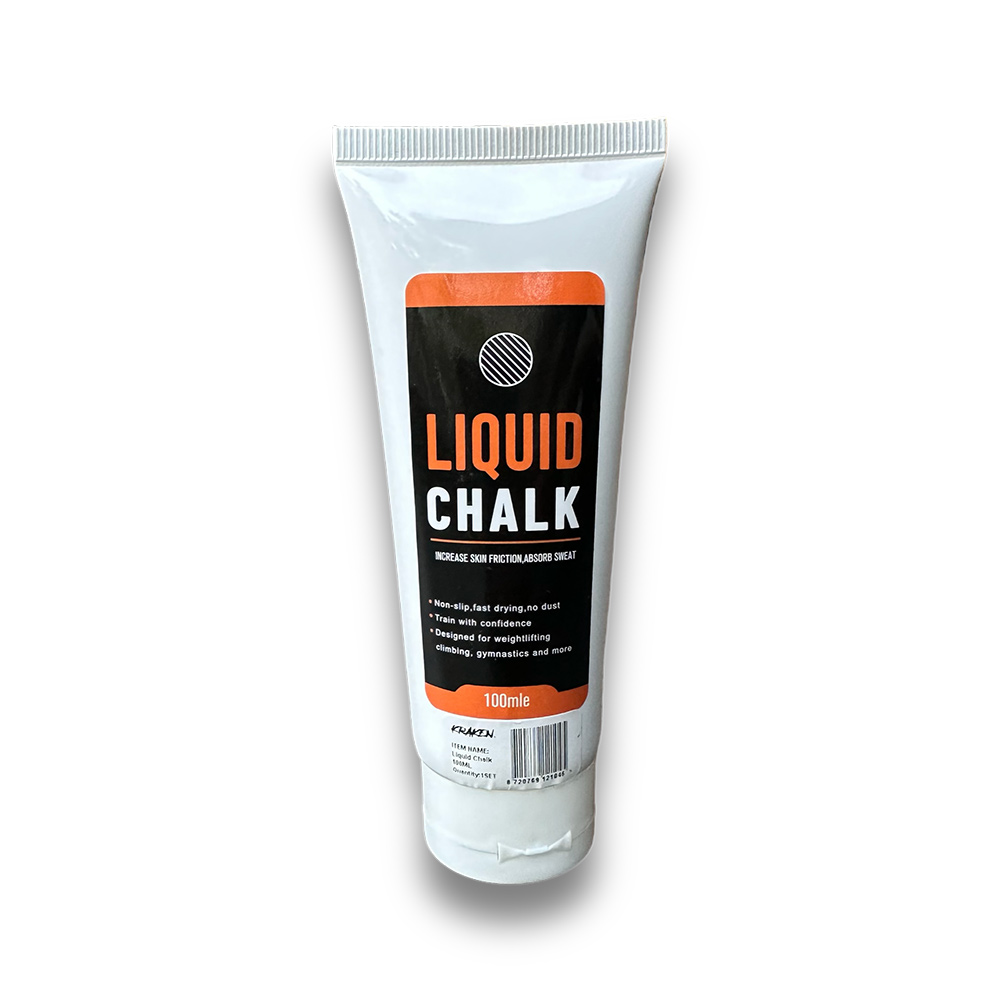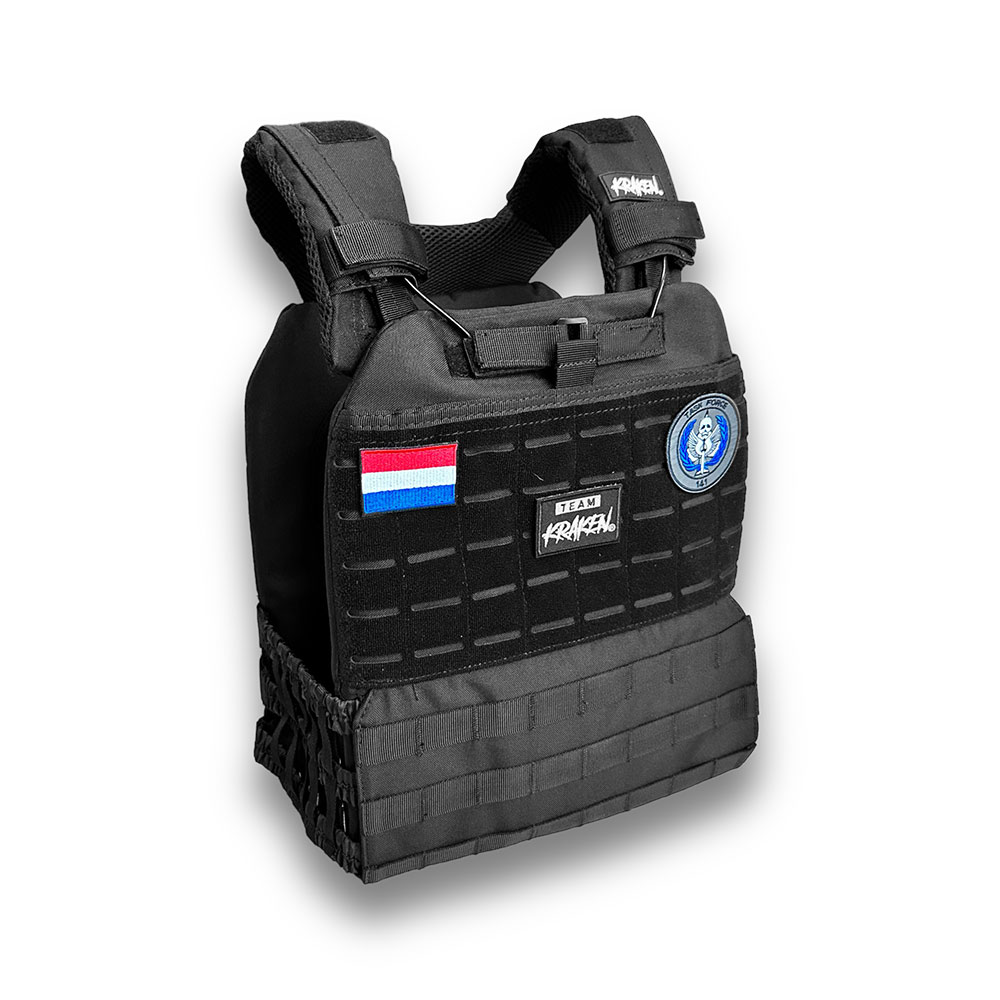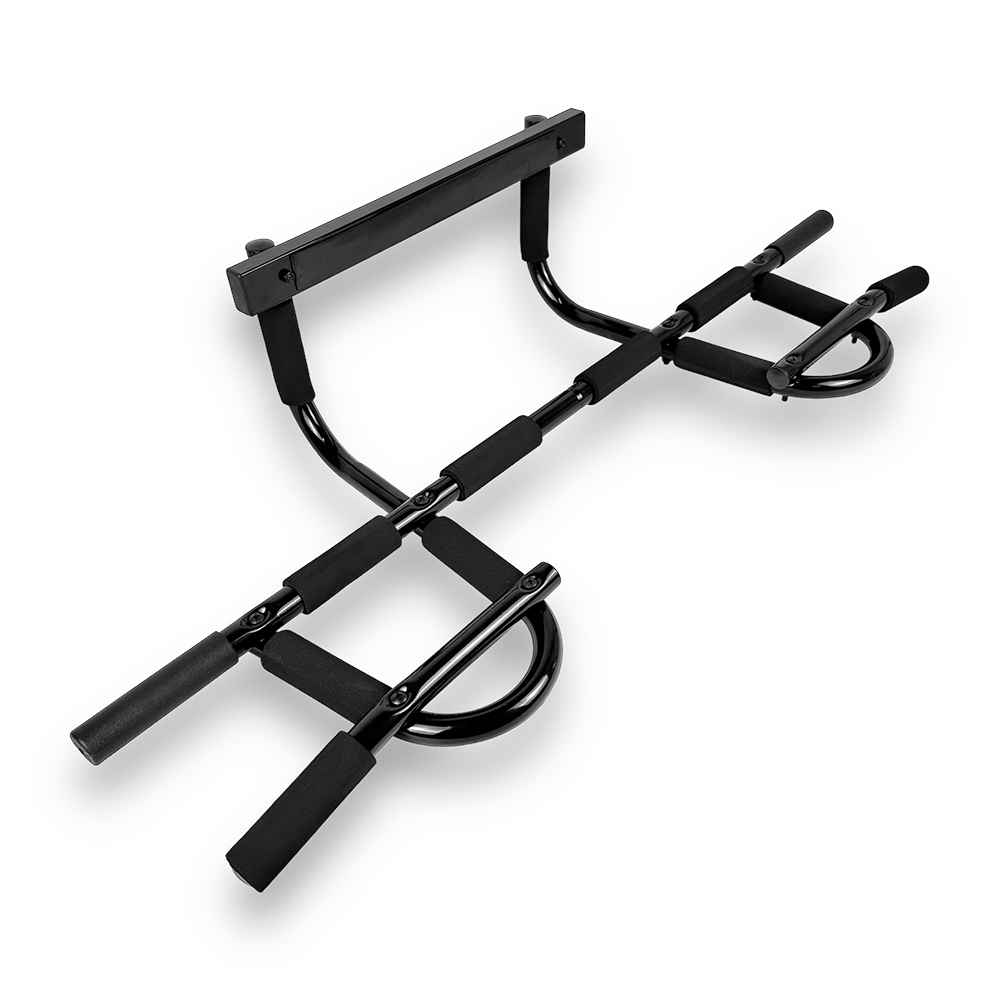
Deadlifts are often heralded as the king of all lifts, providing a foundation for strength that translates across numerous physical activities. From enhancing athletic performance to building formidable muscle mass, this guide delves into everything you need to know about mastering the deadlift, regardless of your experience level.
Table of Contents
Introduction to Deadlifts
The deadlift is a powerhouse exercise aimed at recruiting more muscles simultaneously than most other exercises in the fitness realm. It involves lifting a weighted barbell off the ground to the level of the hips, then placing it back down. This simple yet effective movement is pivotal for building strength and muscle.

Benefits of Doing Deadlifts
- Total Body Workout: Engages everything from your forearms to your glutes, making it a comprehensive exercise.
- Improves Core Stability: Strengthens the core muscles, crucial for overall movement stability and balance.
- Enhances Athletic Ability: Improves explosive power, beneficial for virtually every sport.
- Boosts Fat Burning: High-intensity lifts like the deadlift can help increase your calorie burn rate more than typical aerobic exercises.
Detailed Step-by-Step Guide to Performing Deadlifts
Equipment Needed:
Barbell
Weight Plates
Flat, Stable Shoes or Barefoot for better stability
Execution Steps:
Setup:
- Stand with your feet hip-width apart, with the barbell over your feet about mid-foot.
- Bend at your hips and knees to grip the bar with hands shoulder-width apart.
Grip and Position:
- You can choose between a hook grip, overhand grip, or a mixed grip.
- Keep your back flat and your chest up to avoid rounding your spine.
The Lift:
- Drive through your heels to lift the bar off the ground by straightening your hips and knees.
- Keep the bar close to your body to maintain leverage and reduce strain on your lower back.
The Descent:
- Hinge at the hips and control the bar as you lower it back to the ground.

Variations of the Exercise by Expertise Level
Beginner: Romanian Deadlift
Focuses on the lowering phase, reducing complexity and emphasizing hamstring flexibility.
Intermediate: Sumo Deadlift
Uses a wider stance, which can be easier on the lower back and targets the glutes and inner thighs more intensely.
Advanced: Deficit Deadlift
Performed on a raised platform, increasing the range of motion and difficulty, ideal for those looking to enhance their lifting capabilities further.
Equipment to achieve your goal more effective
FAQ on Deadlifts
- What is the ideal frequency for deadlifting?
- For most, deadlifting 1-2 times per week is sufficient to see significant strength improvements without overtraining.
- Can deadlifts replace other forms of exercise?
- While deadlifts are comprehensive, they should be part of a balanced workout regimen that includes aerobic, flexibility, and other strength exercises.
- Are deadlifts safe for people with back issues?
- If executed with correct form and appropriate weights, deadlifts can strengthen the back. However, those with existing conditions should consult with a healthcare provider first.
Conclusion and Recommendations
Deadlifts are a staple exercise that should be incorporated into any serious strength training regimen. They offer unparalleled benefits in terms of raw power, muscle development, and metabolic enhancement. To avoid injury and maximize the effectiveness of your deadlifts, always focus on form before adding more weight.

